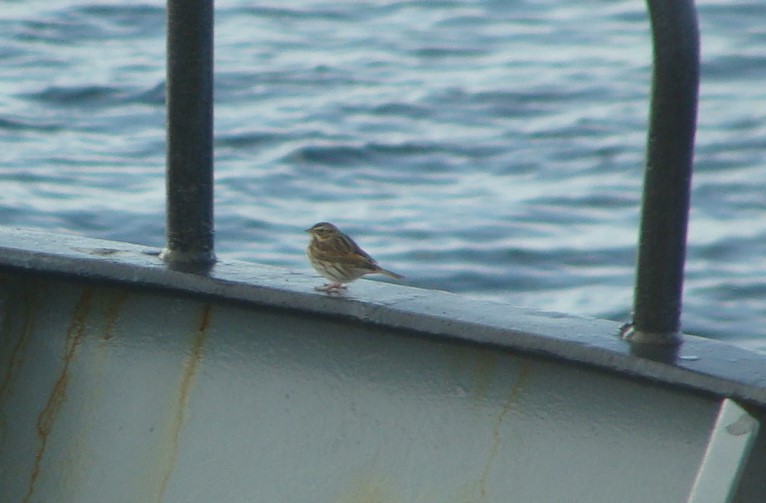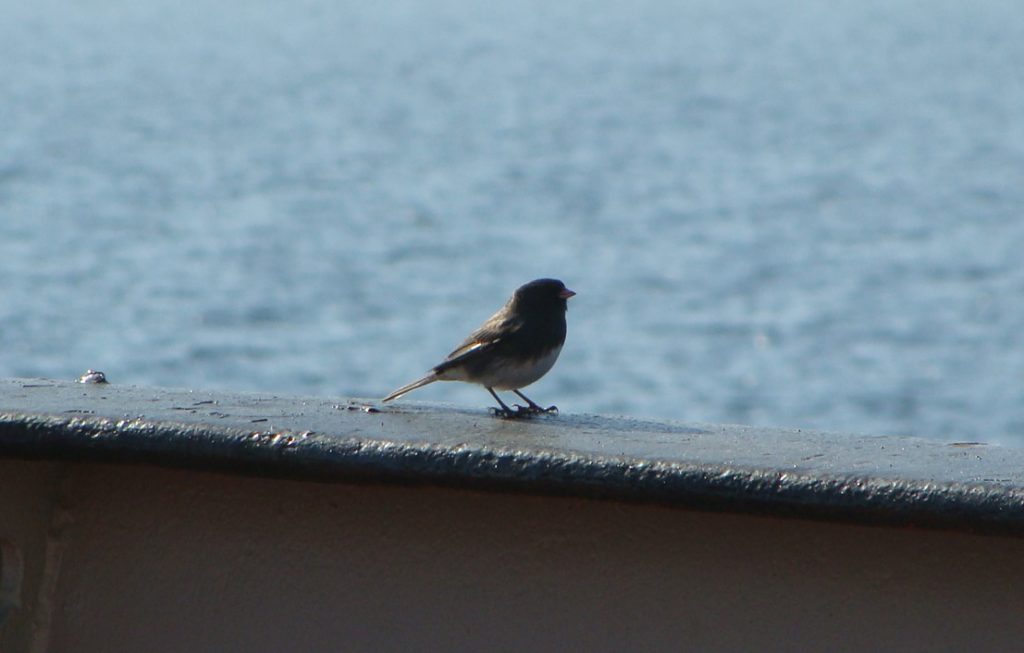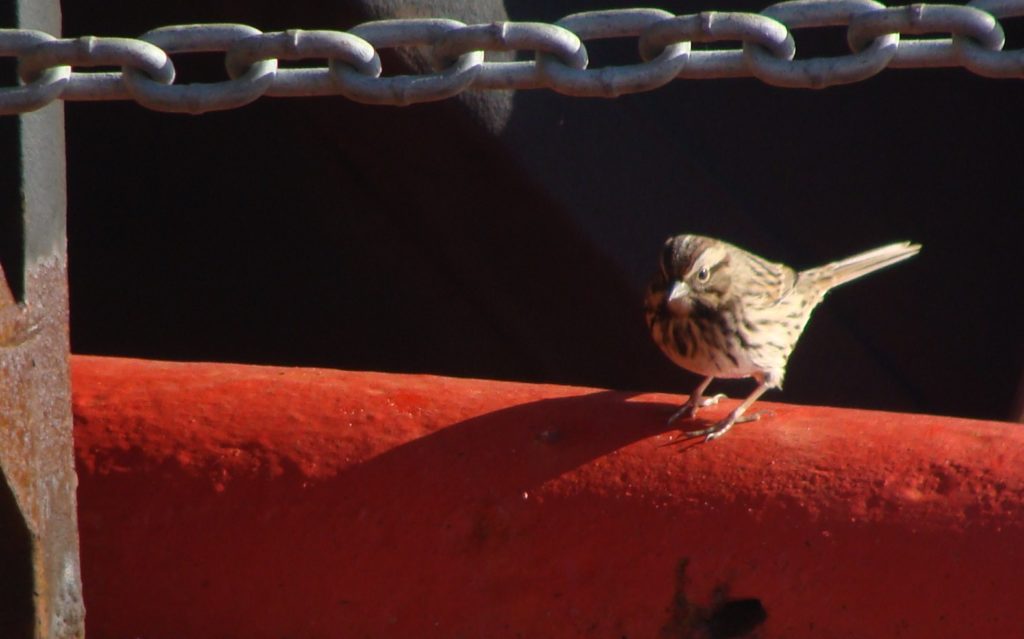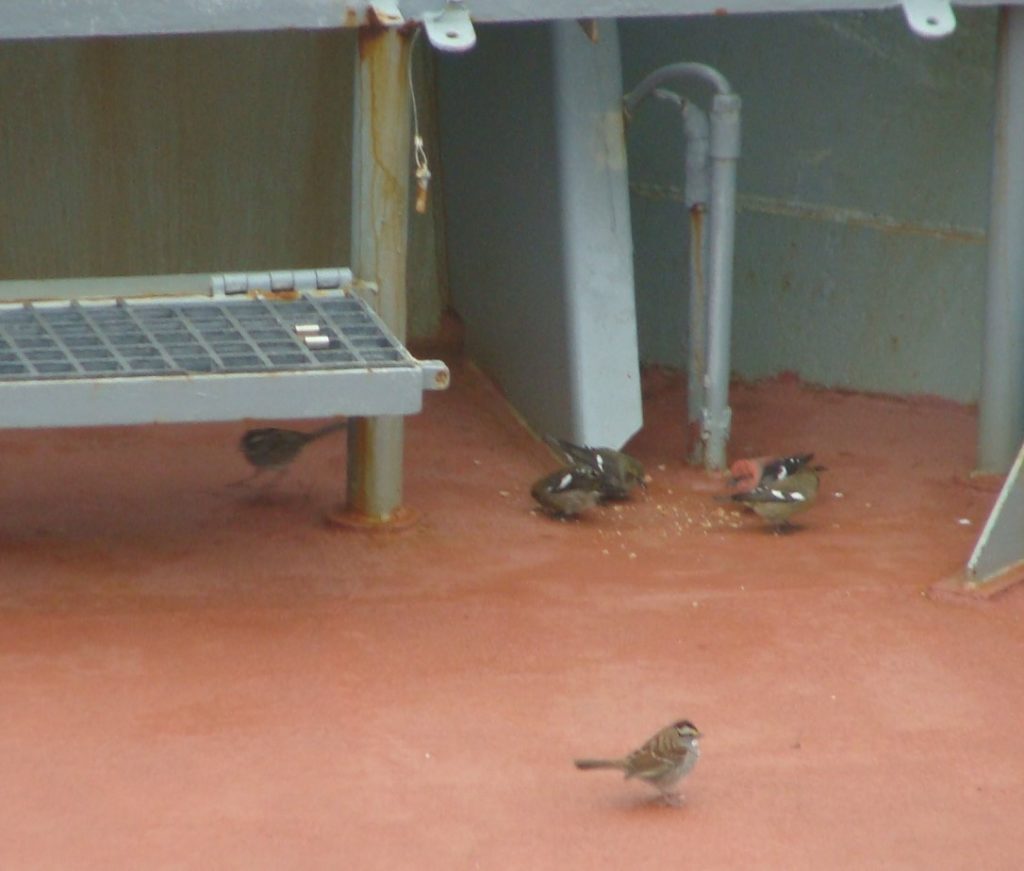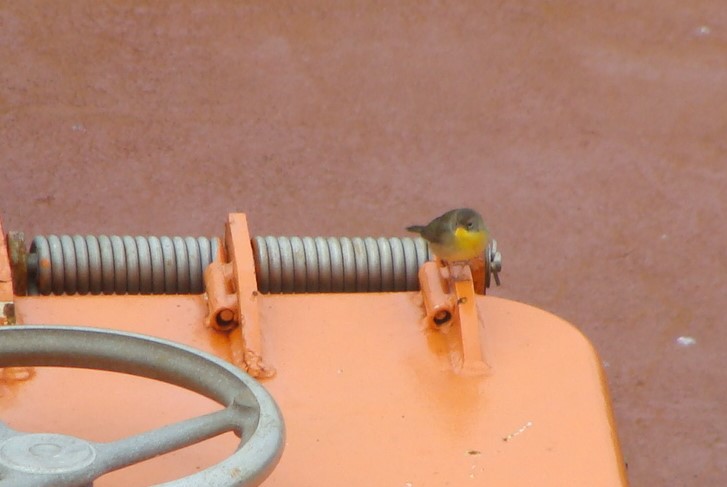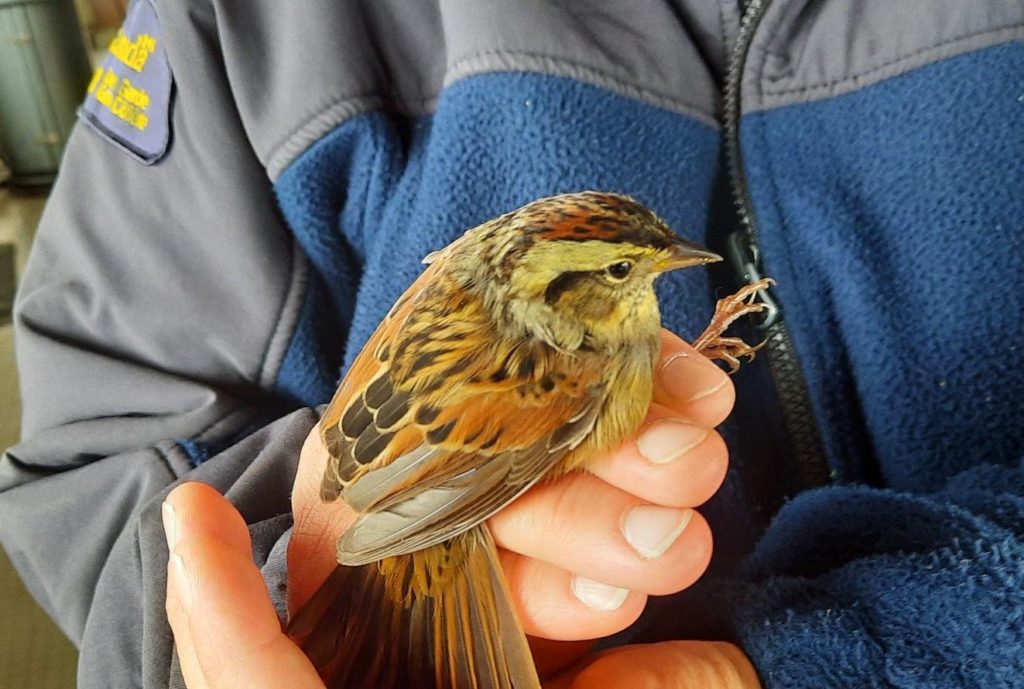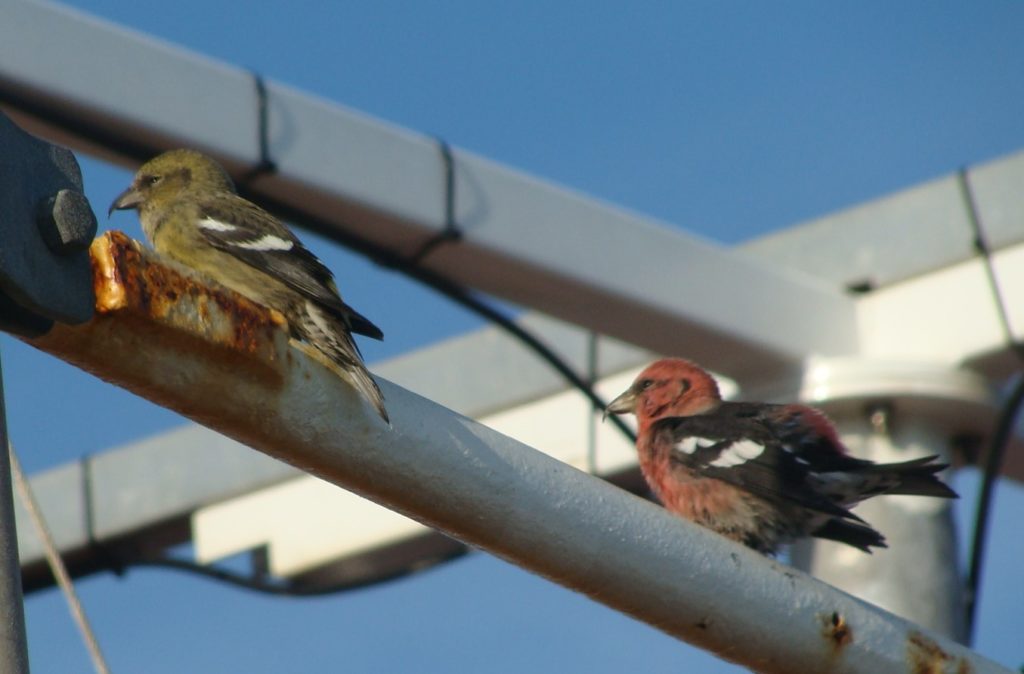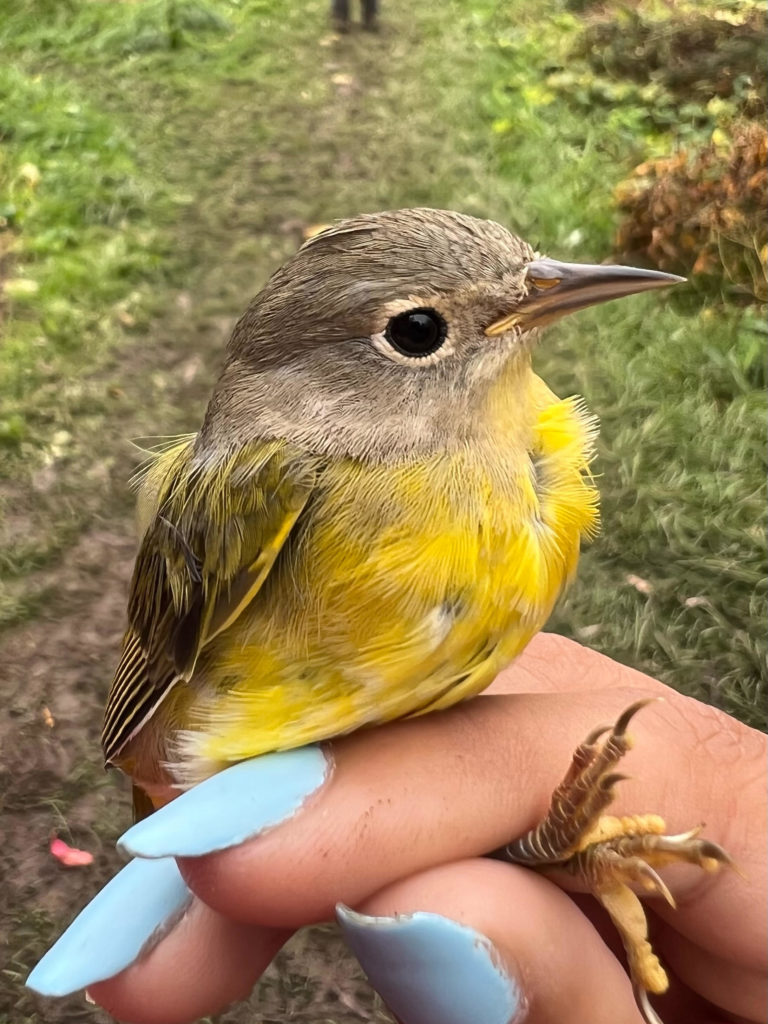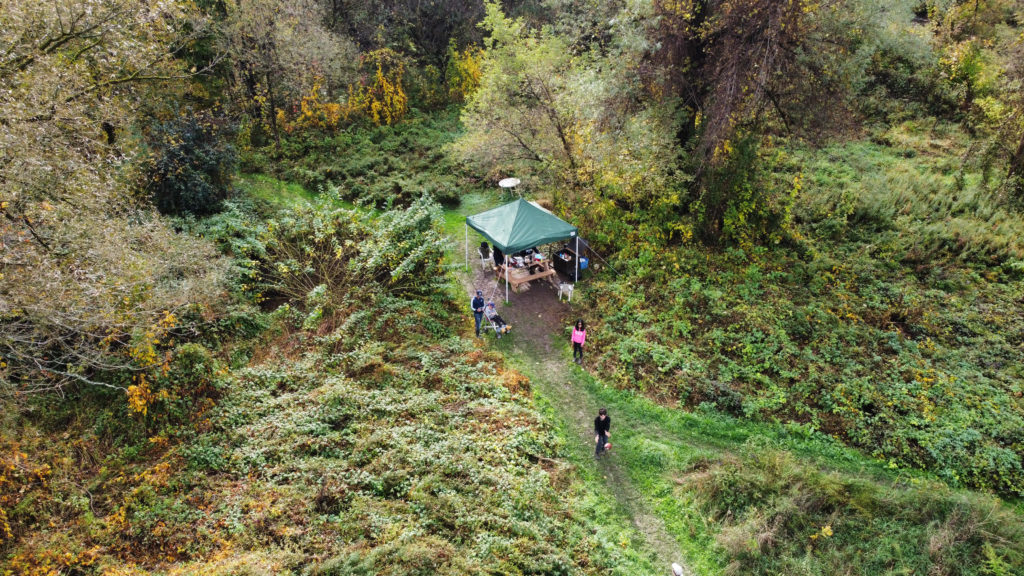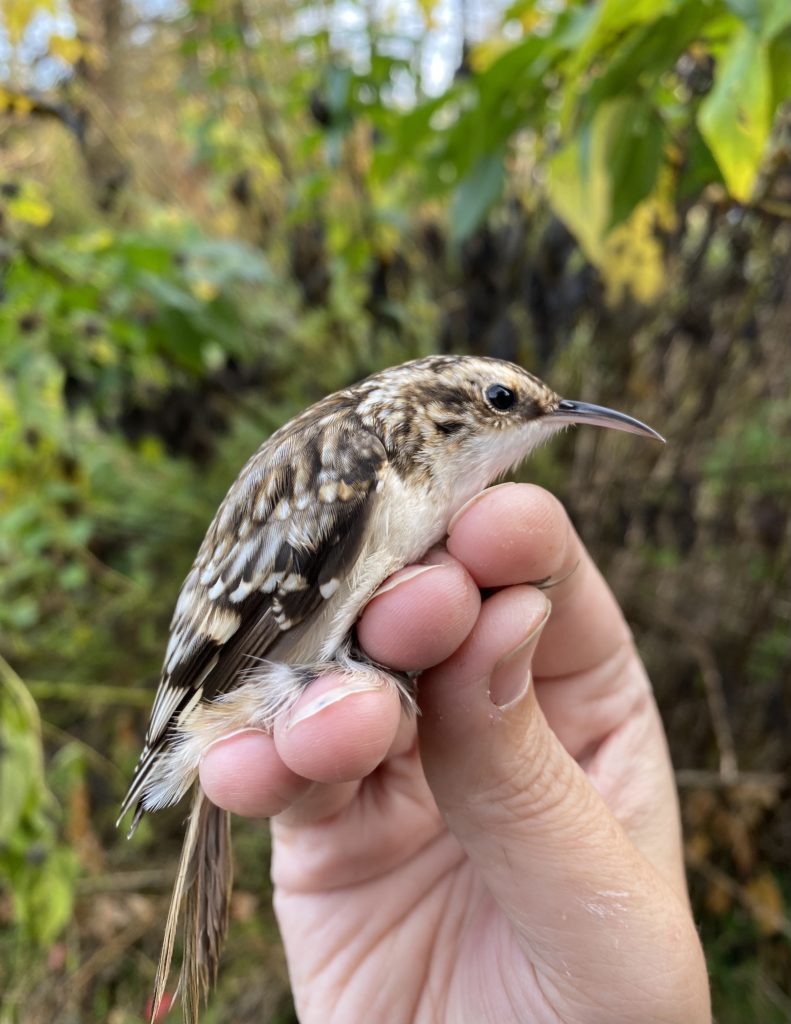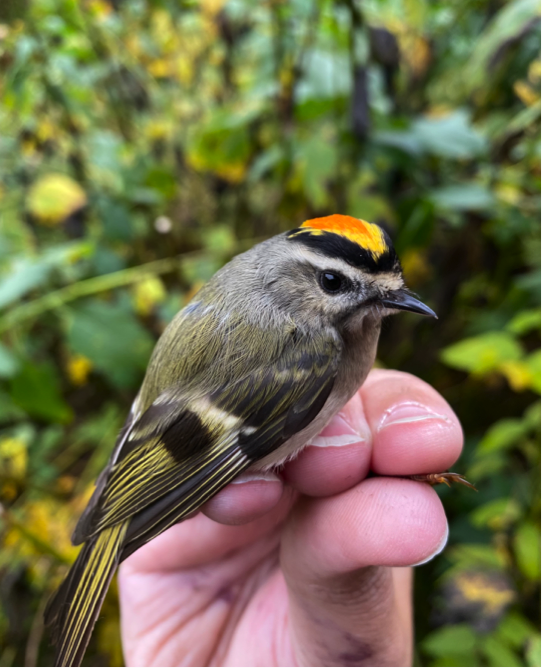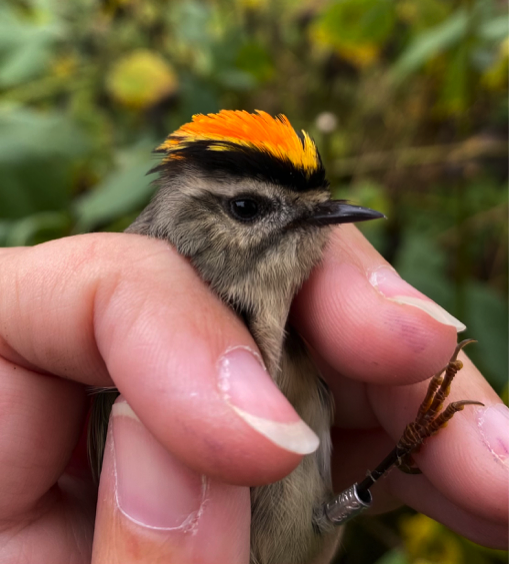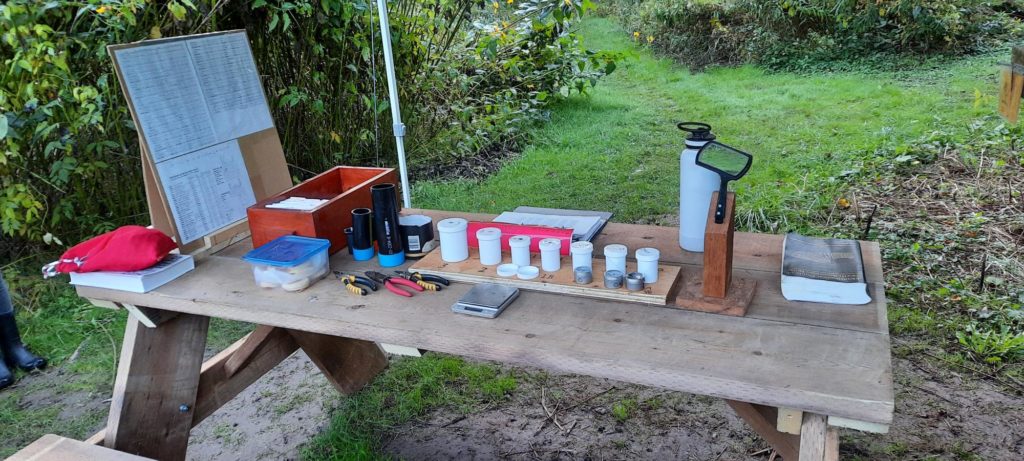Morning of the 17th we were finishing up at the last research station in Cabot Strait, sitting off Cape Ray at the SW end of Newfoundland. There were some interesting birds about: Surf Scoters, male Harlequin Ducks(!), the first Leach’s Storm-petrel of the trip, and the first Dovekies – these amazing little alcids nest in huge numbers in Greenland (there’s only 1 small colony on the eastern side of Baffin Island) but spend the Winter in the frigid waters of the NW Atlantic around Newfoundland/Labrador. Of course, Northern Gannets, which are themselves amazing, were soaring by but by now were so commonplace that they were just another data point.
We headed out going W under threatening skies and a freshening SE wind (around 10 knots); seas were “flat” with waves less than a meter. As we got further offshore, the wind began to pick up, passing through 15 knots and moving toward 20. At this point I began to see a few small birds fly into the area of the ship. Some appeared to land. The first two birds that I saw from the bridge hopping around on the bow deck were a Common Yellowthroat and a Swamp Sparrow. Strange, I thought, that these two species, which utilize a similar habitat, should be found together at the same time in such a strange hostile place – 22 nautical miles from the nearest land in a building oppositional wind. I wondered if they had even travelled in close proximity from the same area….
As the wind began to grow, more birds flew in; some stayed – I could see them on the deck – while others seemed to be taking a look but after a couple of circuits around the ship I didn’t see them again. Here’s a list: Common Yellowthroat, Swamp Sparrow, 2 American Robins, 1 Palm Warbler, 2 Myrtle Warblers, 1 Golden-crowned Kinglet, 1 Purple Finch, 1 Dark-eyed Junco, and here’s the kicker – a Sharp-shinned Hawk(!), more than 22 nautical miles from shore. All but the robins, kinglet and hawk I saw land and begin searching for food on the ship. The last I saw of the Sharpie it was heading SW where, if it was lucky, it might have made the Magdalene Islands. Of the robins and kinglet I have no idea.
I was going to go looking for them this morning….but….a huge storm blew up in the middle of the night bringing 50-60 KNOT winds (1 knot = 1.8 kilometer) and 6 METER waves and rain. As heavy spray from the ship pounding into waves was coating the wheelhouse windows I decided I would put this search off until more benign conditions prevailed. This wind would have stopped the migration and any birds caught out in it (like, possibly, the birds around the ship) I fear would have succumbed unless they simply said to hell with it and allowed themselves to get blown back to the north shore of the Gulf.
Postscript: I didn’t find any birds from yesterday, either dead or alive, but I did find a Blackpoll Warbler hopping about the stern deck. I had seen it fly in from the west. It was very bedraggled and looked worn out. I was amazed that it was even alive after experiencing that storm.

